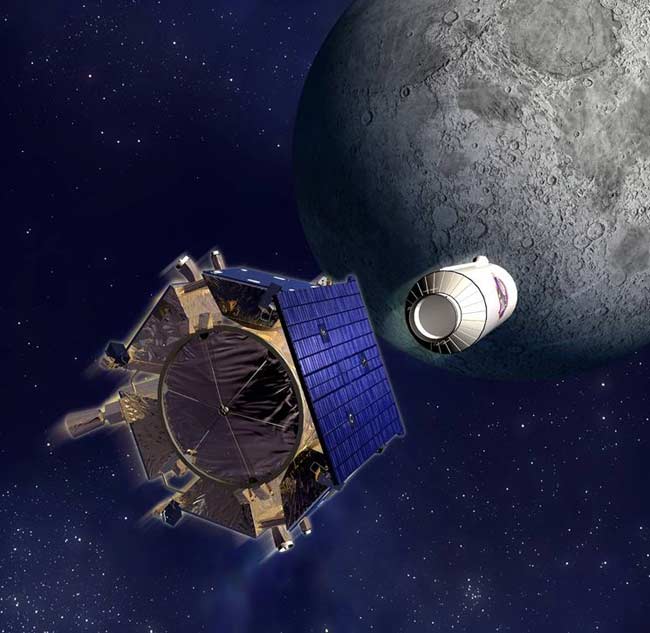Doomed Space Missions: A Rich History of Planned Destruction

NASA's latest lunar probe looks to grab the spotlight next month when it
The history of space exploration includes many spacecraft that intentionally
Never mind the accidental graveyards for generations of robotic
Luna 2 became the first spacecraft to impact on the surface of
Ranger 4 represented a U.S. comeback attempt in lunar
Venera 3 followed up the Soviet Union's coup in
Lunar Orbiter 1 capped its lunar survey mission on Oct. 29,
Get the Space.com Newsletter
Breaking space news, the latest updates on rocket launches, skywatching events and more!
Apollo missions by the United States didn't just land the
Pioneer Venus Multiprobe sent one large U.S. probe and three smaller versions diving toward different regions of Venus on Dec. 9, 1978.
Lunar Prospector struck pay dirt by diving into a crater on
Galileo headed in for a Jupiter impact on Sept. 21, 2003, and
Deep Impact created its own big bang spectacular on July 4,
Smart-1 kicked off a fresh round of manmade lunar impacts on
Chandrayaan-1 helped inaugurate the new space race by
Chang'e-1 ended China's first lunar mission by
Kaguya struck
Now NASA's LCROSS mission plans to shake the moon twice in
A smaller lower stage will follow up its big brother and slam into a
All this physical bashing may sound hard on the moon and other solar
By comparison, LCROSS and its predecessors probably represent loving
Correction: The amount of debris expected to be kicked up by the LCROSS Centaur rocket stage impact has been corrected.
Join our Space Forums to keep talking space on the latest missions, night sky and more! And if you have a news tip, correction or comment, let us know at: community@space.com.
Jeremy Hsu is science writer based in New York City whose work has appeared in Scientific American, Discovery Magazine, Backchannel, Wired.com and IEEE Spectrum, among others. He joined the Space.com and Live Science teams in 2010 as a Senior Writer and is currently the Editor-in-Chief of Indicate Media. Jeremy studied history and sociology of science at the University of Pennsylvania, and earned a master's degree in journalism from the NYU Science, Health and Environmental Reporting Program. You can find Jeremy's latest project on Twitter.









